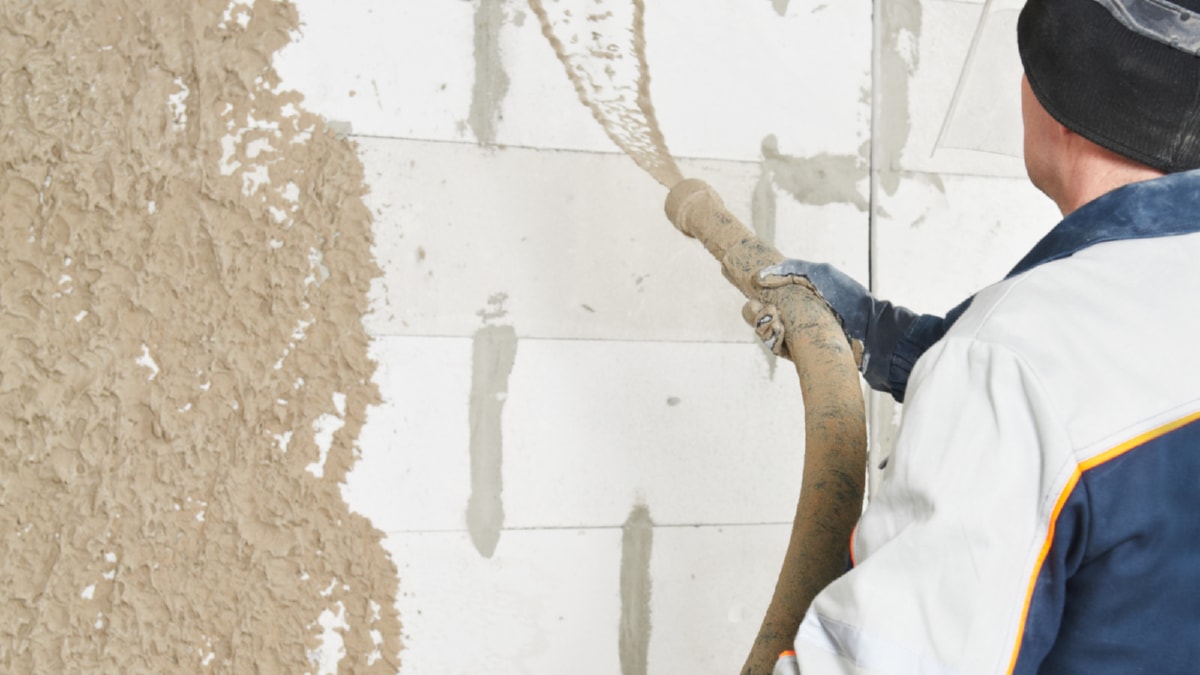In recent years, the construction industry has witnessed a significant shift towards sustainability. The emphasis on ‘green’ or ‘sustainable’ building technologies has never been greater. This surge in interest is largely attributed to the growing consciousness about the environmental impact of construction activities and the need to mitigate the adverse effects. This article explores some of the latest trends in green building technology that are revolutionizing the construction sector.
One groundbreaking development in green building technology is the use of renewable and recyclable materials. Architects and engineers are increasingly using materials like bamboo, recycled plastic, and even mycelium (a type of fungus) to construct homes and commercial buildings. These materials are not only environmentally friendly but also durable, cost-effective, and aesthetically pleasing.
Another promising trend is the incorporation of energy-efficient systems. This includes solar panels, wind turbines, and geothermal heating and cooling systems. These systems harness natural resources to generate power, thereby reducing dependence on fossil fuels and lowering greenhouse gas emissions. They also help to significantly reduce utility bills, making them an economically viable option for many property owners.
Water conservation is another crucial aspect of green building technology. Innovative solutions like rainwater harvesting systems, green roofs, and greywater recycling systems are being widely adopted in modern constructions. These technologies can significantly reduce the amount of water consumed by a building, contributing to water conservation efforts.
Building automation systems (BAS) are another exciting trend in the green building sector. BAS are computer-based systems that monitor and control a building’s environment, enhancing operational efficiency and reducing energy consumption. They manage a variety of building functions, such as heating, ventilation, air conditioning, lighting, and security systems. With the advent of smart technology and artificial intelligence, these systems have become increasingly sophisticated and efficient.
Lastly, Passive House design is gaining momentum in the green building sphere. This architectural design principle focuses on building homes that require minimal energy for heating or cooling. It is achieved through enhanced insulation, high-performance windows, airtight construction, and efficient heat recovery ventilation systems. Passive Houses are not only environmentally friendly but also provide excellent indoor air quality and thermal comfort.
In conclusion, the latest trends in green building technology are geared towards creating structures that are energy-efficient, environmentally friendly, and comfortable for occupants. As we move towards a more sustainable future, these technologies will play a crucial role in reshaping the construction industry. While we have made significant strides in this direction, there is still much work to be done. It is, therefore, imperative that architects, engineers, builders, and policymakers continue to innovate and adopt these green building technologies to create a more sustainable built environment.
For more details, check best masonry services or visit their business listing here.



